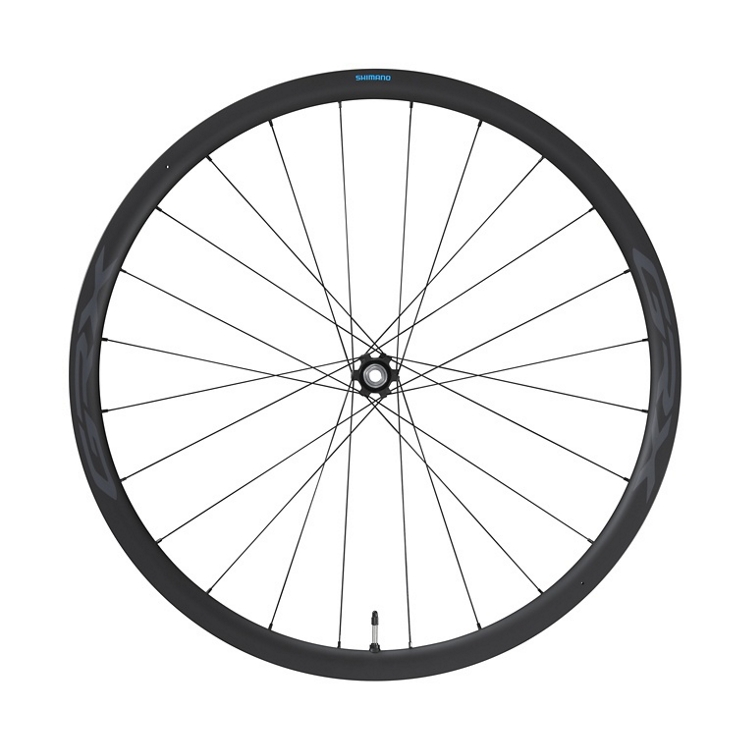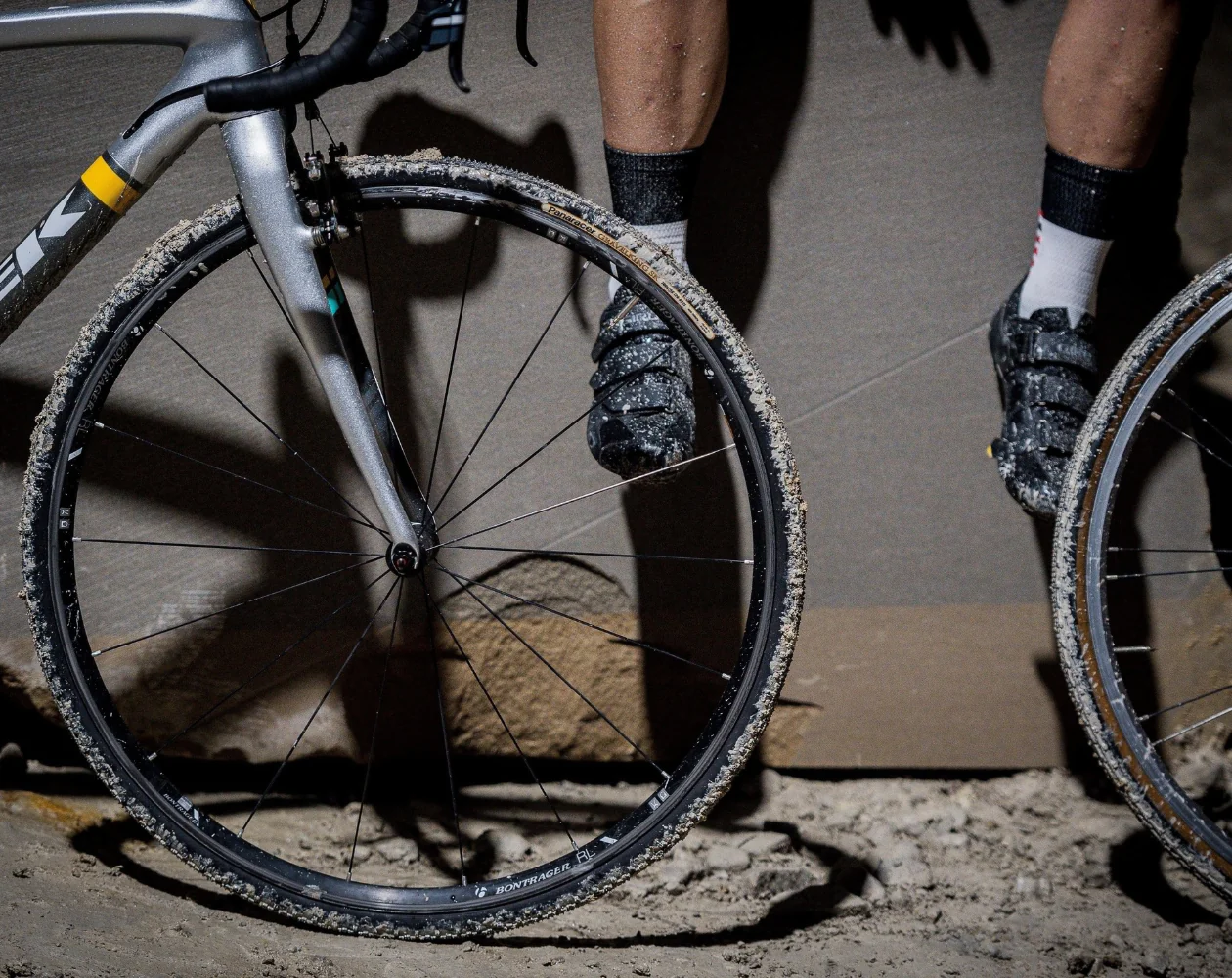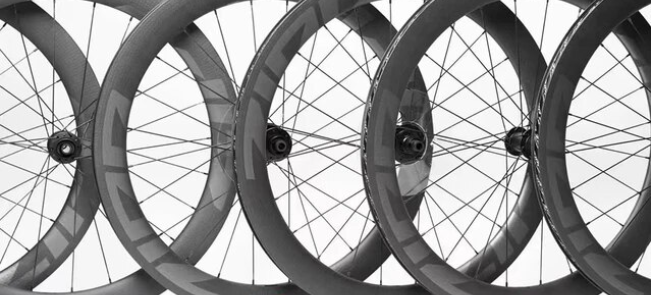The Importance of Rim Width for Gravel Bikes: Maximizing Performance and Comfort

Key Point Summary of The Importance of Rim Width for Gravel Bikes:
- Rim Width Influence: Wider rims can significantly enhance tire performance, offering better support, improving traction, and increasing comfort on uneven gravel surfaces.
- Tire Compatibility: The choice of rim width directly affects tire volume and profile, impacting grip, rolling resistance, and the bike’s handling characteristics.
- Optimal Rim Width: Finding the right rim width depends on your preferred tire size, riding style, and the typical terrain you encounter, balancing between too narrow and excessively wide.
In the evolving landscape of gravel biking, where the lines between road, cyclocross, and mountain biking blur, the choice of rim width emerges as a critical consideration for optimizing performance and comfort. Having navigated the terrains of competitive cycling across these disciplines, I’ve witnessed firsthand the transformative impact that the right rim width can have on a gravel bike’s versatility and rider confidence.
This article aims to demystify rim width for gravel bikes, shedding light on its importance and how it influences tire compatibility and ride quality, particularly for cyclists with beginner to mid-level experience.

Understanding Rim Width in Gravel Biking
Rim width, the distance between the inner faces of a rim, plays a pivotal role in shaping a gravel bike’s handling and performance. Early in my cycling journey, the nuances of rim width and its impact on ride quality were not immediately apparent. However, as I delved deeper into gravel biking, the importance of matching rim width with tire choice became a cornerstone of my setup, influencing everything from tire pressure options to the bike’s overall feel on diverse terrains.
The Interplay Between Rim Width and Tire Performance
One of the first lessons I learned about rim width was its effect on tire shape and volume. Wider rims allow tires to expand, increasing their footprint on the ground. This translates to improved traction—a boon on loose or slippery gravel surfaces—and a more comfortable ride due to the larger air volume cushioning bumps and shocks. Conversely, too narrow a rim can pinch the tire, leading to a less stable ride and increased risk of punctures.
Tire Compatibility: The Foundation of a Great Ride
The journey to finding the optimal rim width often begins with tire selection. Gravel tires vary widely, from narrow, fast-rolling options to wide, aggressive treads. Each tire width has a rim width that complements it best, ensuring the tire maintains an optimal profile for efficiency and stability. Through trial and error, I discovered that rims too wide for a given tire could lead to squirming on hardpack surfaces, while too narrow rims compromised the tire’s structural integrity and performance off-road.

Optimal Rim Width: Striking the Balance
Navigating the quest for the perfect rim width taught me that there’s no one-size-fits-all answer. Instead, the ideal rim width for gravel biking balances tire support and ride quality without compromising the bike’s agility or responsiveness. For most gravel tires, which range from about 35mm to 50mm, a rim width of 20mm to 25mm internal provides a good starting point, offering enough support for the tire to perform as designed while keeping options open for varying tire widths.
1. Stan’s NoTubes Grail MK3
- Optimal Rim Width: The Grail MK3 features a 20.3mm internal width, suitable for a wide range of gravel tire sizes. It is renowned for durability, tubeless readiness, and versatility, providing a reliable option for both racing and adventure gravel riding.
2. Shimano GRX WH-RX870
- Optimal Rim Width: Shimano’s GRX WH-RX870 wheels offer a 25mm internal width, ideal for the varied demands of gravel riding. Designed to balance durability, weight, and performance, these wheels support wider tires for improved comfort and control on mixed terrain, embodying the gravel-specific innovation of the GRX lineup.
3. Boyd Cycling CCC
- Optimal Rim Width: The Boyd Cycling CCC gravel wheelset comes with a 25mm internal width, optimized for riders looking to benefit from wider gravel tires for better traction and comfort on uneven trails. These wheels offer an impressive blend of strength, lightweight, and aerodynamic efficiency.
Final Thoughts
The role of rim width in gravel biking extends beyond mere specification; it’s a fundamental aspect that shapes the bike’s character and the rider’s experience. For those embarking on their gravel biking journey or looking to refine their setup, understanding and optimizing rim width in relation to tire choice is key to unlocking the full potential of your gravel bike. Whether you’re cruising on rolling gravel roads, tackling challenging off-road trails, or racing through varied terrain, the right combination of rim width and tire size will elevate your ride, ensuring a balance of speed, comfort, and control that matches your cycling ambitions.

FAQ
What is the best rim width for gravel?
The best rim width for gravel bikes typically ranges from 21mm to 25mm internally. This range supports a wide variety of tire widths, ensuring optimal tire profile and performance on varied terrain.
Does the width of the rim matter?
Yes, the width of the rim matters significantly as it affects tire volume, profile, and the bike’s handling. A proper rim width can enhance traction, stability, and comfort on gravel surfaces.
What is the best width for gravel bike tires?
The best width for gravel bike tires usually falls between 35mm and 45mm. This range offers a good balance of speed, traction, and comfort, suitable for the diverse conditions encountered in gravel riding.
What size wheel for a gravel bike?
For gravel bikes, the most common wheel sizes are 700c and 650b. The choice depends on rider preference, terrain, and the desired balance between speed and handling. 700c is popular for faster, smoother rides, while 650b is favored for more technical, rough terrain due to its ability to accommodate wider, more cushioned tires.






